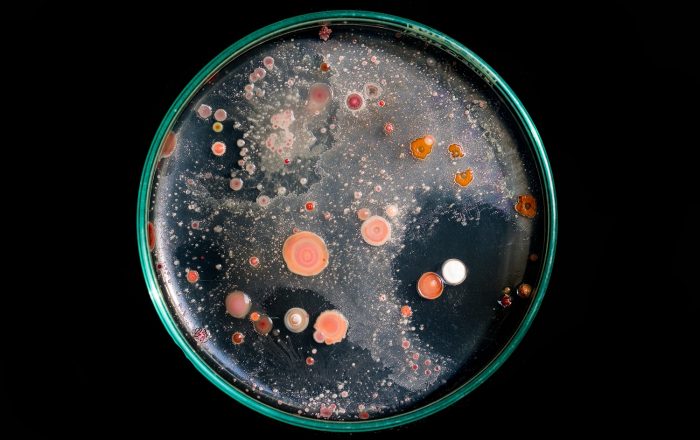Biological Contamination of Cutting Fluids
Cutting fluids, especially oil-water emulsions, are a perfect breeding ground for microbes. Ready access to water, oil and elevated temperatures, as well as exposure to the surrounding environment create the perfect conditions for rapid biological growth.
Biological contamination can be in the form of bacteria, yeasts, moulds or fungi and is most likely to happen where water contamination is present, although it doesn’t necessarily take that much water – 500ppm may be sufficient. These microbes consume organic material from the oil and particularly enjoy warm temperatures, stagnant/low flow areas, an oxygen supply for accelerated growth and suspended particles to use as initial colonisation sites. These colonies can produce blockages, degrade oil quality and performance and produce corrosive by-products. They can block filters and pose a significant health risk to operators who may come into contact with contaminated cutting fluid.
We can check your samples for evidence of biological contamination. Water is used to extract potential contaminants from the oil sample (although oil-water mixtures may be analysed as received). This is then deposited onto a dip slide with growth medium. The slides are incubated for a week and checked for colonies of bacteria, yeasts and moulds. Each sample is run in duplicate to avoid false positives and a clean water blank is tested to ensure no water-borne contamination is introduced.
If biological contamination is discovered, you will need to consider adding a suitable biocide to control growth. Monitoring and controling oil concentration and pH levels is also important in management and prevention of biological contamination.

